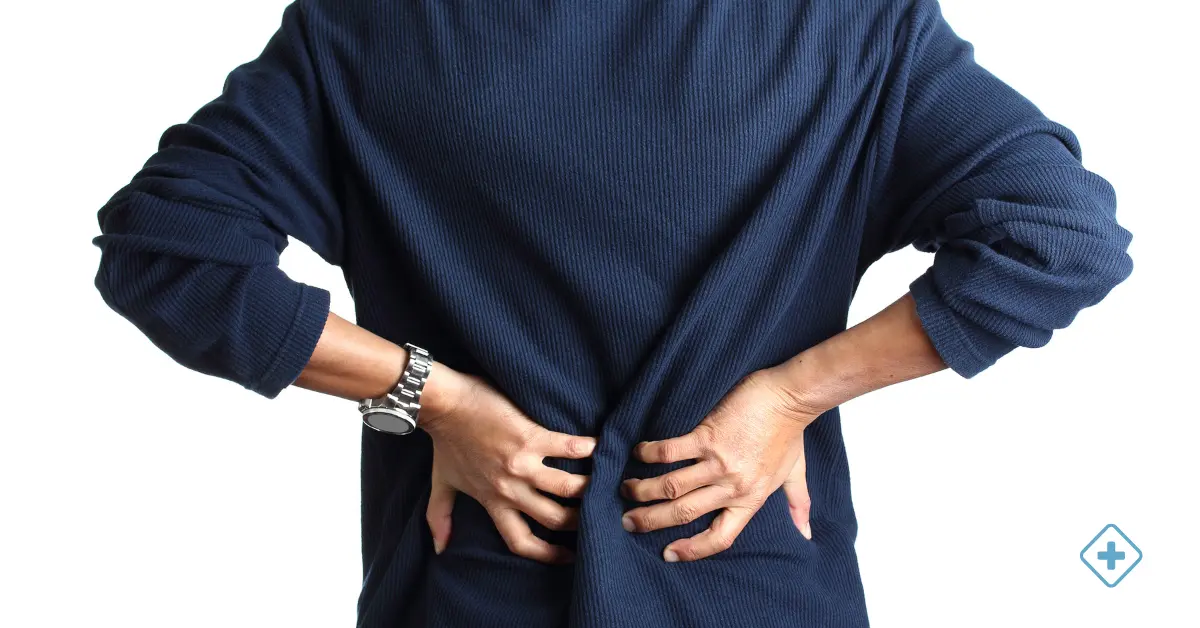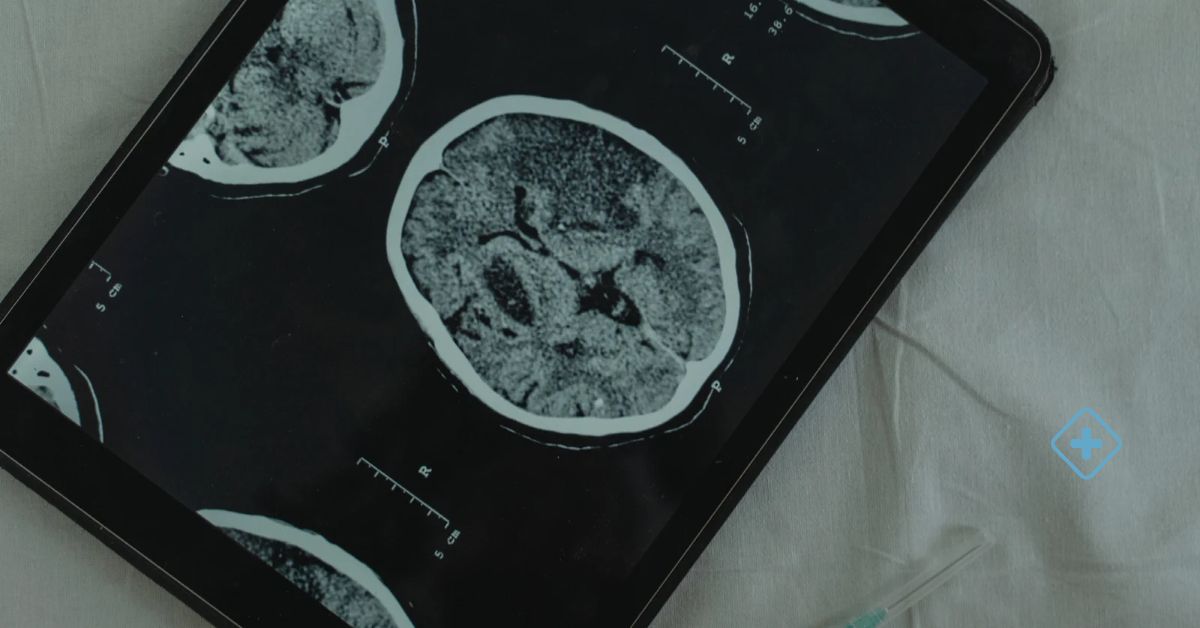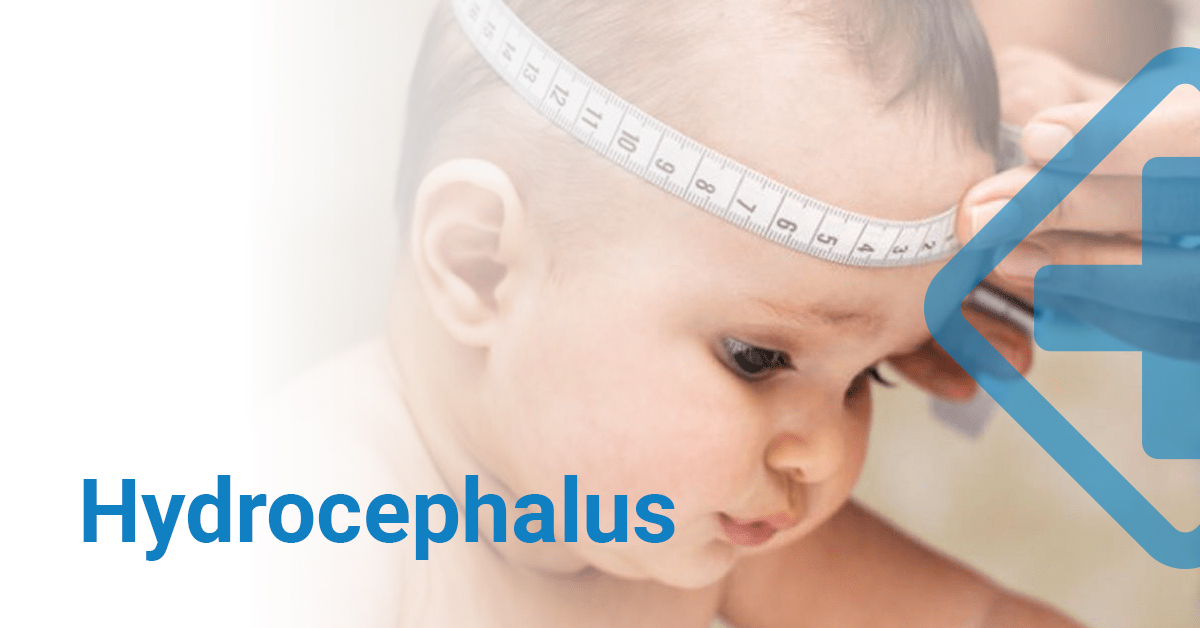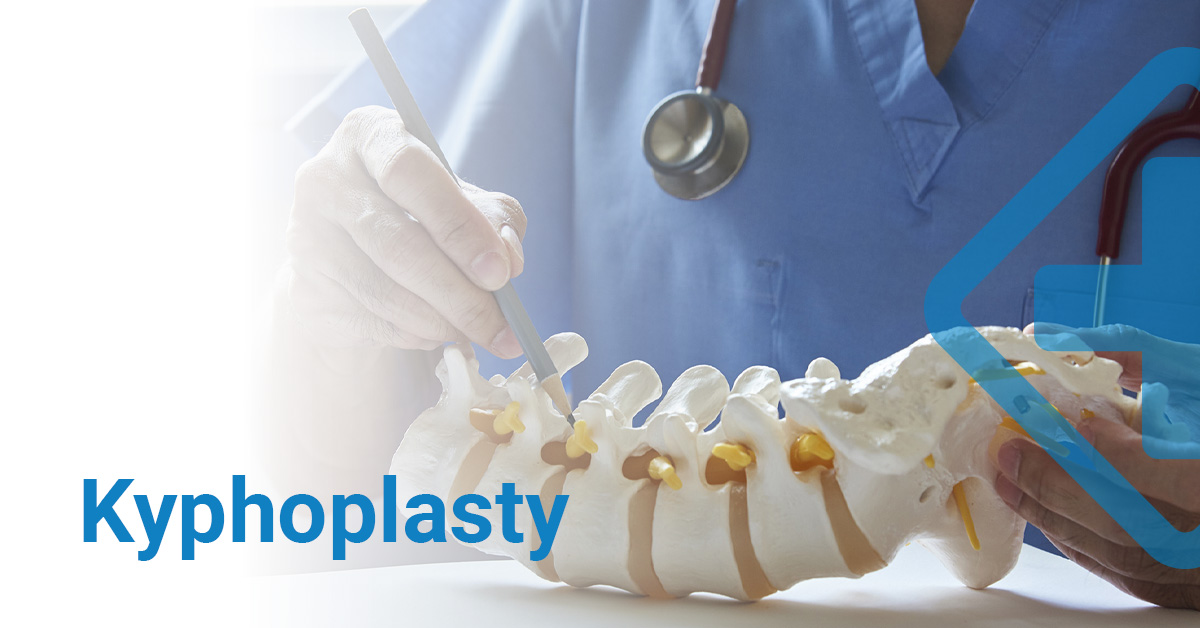
Lumbar Spinal Stenosis
Lumbar spinal stenosis occurs when there is a narrowing of the space within the spinal column.
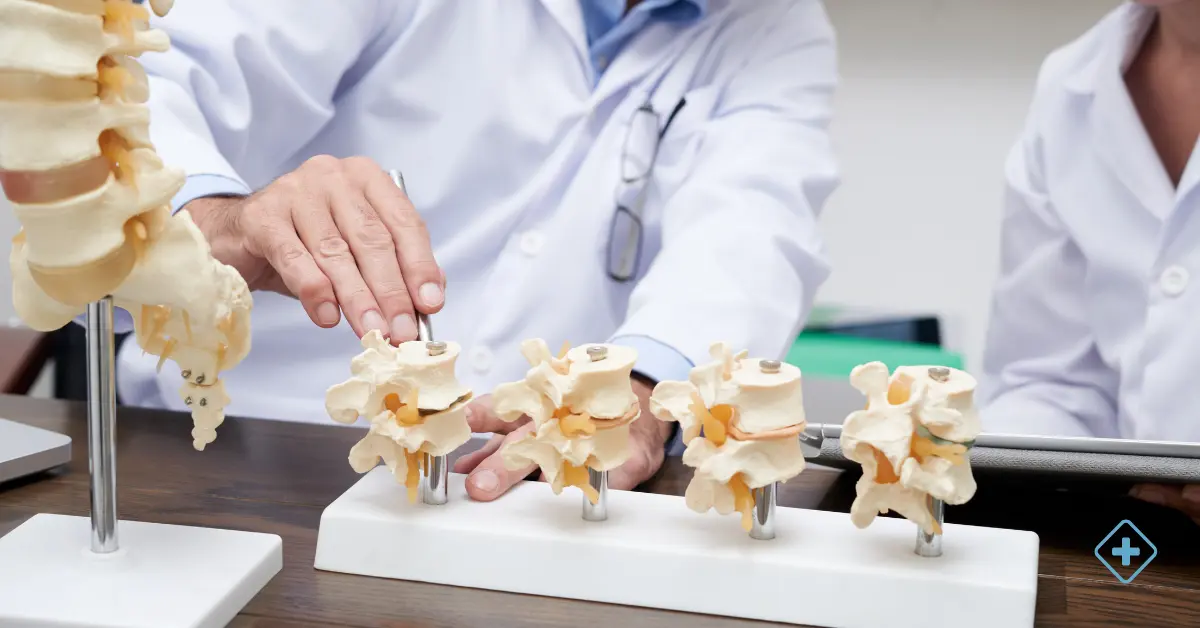
Lumbar spinal stenosis occurs when there is a narrowing of the space within the spinal column, which can put pressure on the spinal cord and nerves extending along the spine. This problem is most common in the lumbar region and in the neck.
Most often, individuals suffering from spinal stenosis don't experience symptoms, while others may experience pain, tingling, numbness, and muscle weakness. The symptoms tend to worsen over time.
What are the symptoms?
Symptoms of lumbar spinal stenosis can vary from person to person, but they generally include:
-
Back pain
-
Pain and burning sensation in the buttocks or legs (sciatica)
-
Numbness or tingling in the buttocks or legs
-
Weakness in the legs or "foot drop"
-
Less pain when leaning forward or sitting
How is it diagnosed?
The diagnosis of lumbar spinal stenosis is made through a combination of clinical history, physical examination, and diagnostic tests.
The Neurosurgeon may request x-rays, magnetic resonance imaging (MRI), or computed tomography (CT) to assess the structure of the spinal column and determine the presence of spinal canal narrowing.
Most likely causes of lumbar spinal stenosis
People who perform activities that involve repetitive motions of the spine or are exposed to constant vibrations may have a higher risk of developing this condition. Also people with risk factors that include:
-
Aging
-
The presence of degenerative conditions of the spine such as osteoarthritis
-
Previous spinal injuries
-
Genetic predisposition
-
The presence of certain diseases such as diabetes and gout
How to prevent Lumbar Spinal Stenosis?
Prevention focuses on maintaining good spinal health and adopting healthy lifestyle habits. It is important to maintain a proper posture when sitting and to lift heavy objects correctly to avoid back injuries.
Regular exercise, especially back strengthening and stretching exercises, can help maintain flexibility and strength in the muscles that support the spine. In addition, maintaining a healthy weight and avoiding smoking can also contribute to the prevention of lumbar spinal stenosis.
What is the treatment for lumbar spinal stenosis?
Treatment for lumbar spinal stenosis can vary depending on the severity of symptoms and individual patient needs. Below are some common treatment options:
-
Conservative Management: This can include lifestyle changes, such as losing weight if necessary, maintaining a proper posture, avoiding activities that worsen symptoms, and performing strengthening and stretching exercises to improve spinal stability and flexibility.
-
Medication: Over-the-counter pain relievers, such as acetaminophen, may be helpful for mild to moderate pain. In more severe cases, non-steroidal anti-inflammatory drugs (NSAIDs), opioids, or muscle relaxants may be prescribed.
-
Physical Therapy: A physical therapist can design a program of specific exercises to strengthen the muscles around the spine, improve flexibility, and alleviate symptoms.
-
Epidural Injections: Corticosteroid injections can be administered to the epidural space around the affected nerves to reduce inflammation and alleviate pain.
-
Surgery: In severe cases or when other treatments have not provided adequate relief, surgery may be considered.
It is important to consult a Neurosurgeon specialized in spinal procedures to determine the best treatment approach based on the patient's individual situation. The Neurosurgeons at BlueNetHospitals are trained to provide you with the necessary care and offer you an accurate diagnosis, as well as personalized treatment.
BlueNetHospitals - Hospital Los Cabos
BlueNet Hospitals.

Lower Back Pain
The treatment of lower back pain depends on the underlying cause and the severity of the pain and requires the intervention of a traumatology specialist or a neurosurgeon's diagnosis.
Cerebral stroke
A stroke, is a medical condition that occurs when blood flow to the brain is suddenly interrupted.
Hydrocephalus
Causes, Symptoms, Diagnosis and Treatment. Schedule your Appointment Today.
Kyphoplasty
Before, During and After Surgery. Schedule your Appointment
- Do You Need an Appointment with a Specialist?
- call us
- write us
- let's talk
